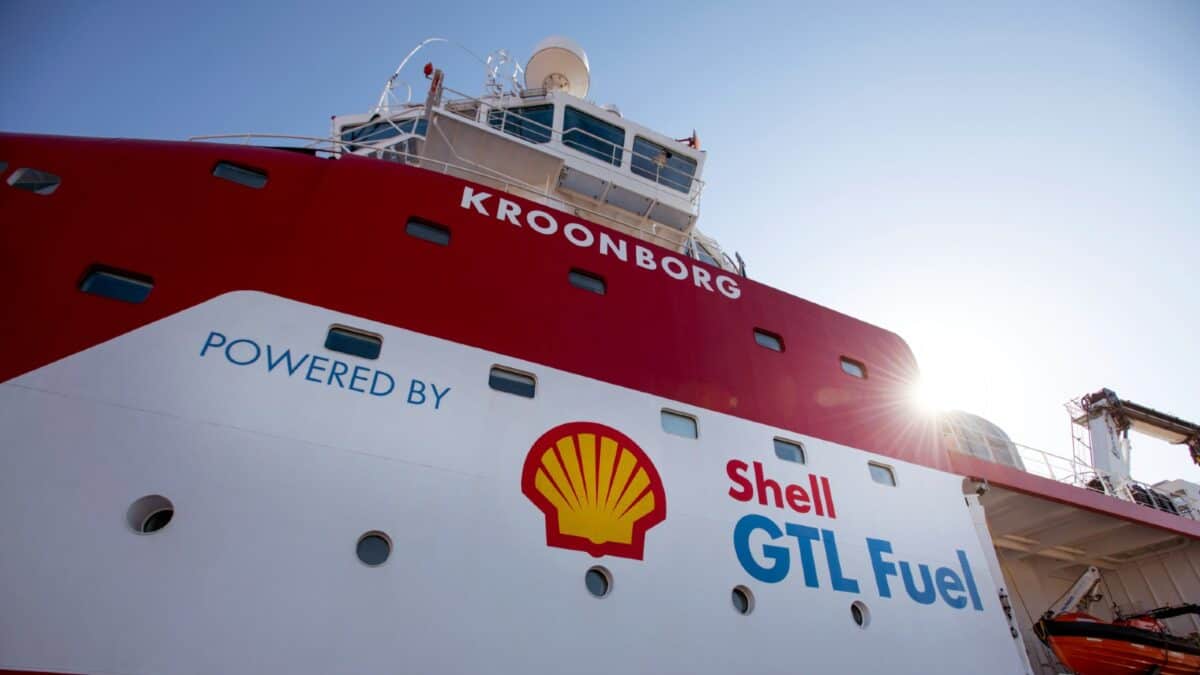Having easily outperformed the FTSE 100 index so far in 2023, the Shell share price is on the front foot again.
For me, there are a few key takeaways from today’s (2 November) Q3 update.
Profits rebound
Profit for the three months from July to September came in at $6.2bn. That was slightly lower than the consensus among analysts. It was also a lot lower than the $9.5bn hit in the same period in 2022.
Passive income stocks: our picks
Do you like the idea of dividend income?
The prospect of investing in a company just once, then sitting back and watching as it potentially pays a dividend out over and over?
If you’re excited by the thought of regular passive income payments, as well as the potential for significant growth on your initial investment…
Then we think you’ll want to see this report inside Motley Fool Share Advisor — ‘5 Essential Stocks For Passive Income Seekers’.
What’s more, today we’re giving away one of these stock picks, absolutely free!
Now, this fall isn’t exactly surprising. After all, fossil fuel values soared last year due to the Ukraine-Russia conflict, before settling back.
Then again, Q3 profit this year was better than the $5.1bn achieved in Q2. This can be attributed to a sharp turnaround in oil prices due to war in the Middle East and voluntary supply cuts in Russia and Saudi Arabia.
Away from the headline numbers, investors will also likely be cheering the announcement that the company would be buying back $3.5bn of its shares over the next three months.
Share buybacks happen for a variety of reasons. Regardless, having a lower number of shares trading on the market makes them more valuable because those remaining have a larger claim on a company’s profits. This can provide a further boost to the price.
All this may help to explain why Shell is up 1.7% as I type.
But are the shares worth buying now?
Shell was trading at just under eight times expected FY23 earnings before Thursday’s update. That looks enticing compared to valuations across the UK market.
However, it’s worth noting that this price tag is pretty average relative to other companies within the energy sector. Indeed, shares in top-tier peer BP trade at less than seven times earnings.
At least some of this difference is due to BP’s Q3 update on Tuesday being less well-received. Profit of $3.3bn was below what analysts were predicting. The BP share price dipped as a result.
So, while the price tag looks attractive at face value, I’m not sure this stock can really be considered a ‘bargain’.
Market-beating dividends
Of course, one thing that continues to attract investors to the shares is the dividend stream. Let’s not forget that, prior to the Covid-19 pandemic, Shell hadn’t cut its payouts since World War Two. Moreover, the cut made back in 2020 proved to be a blip anyway.
Right now, the forecast dividend yield for the current financial year stands at 4.3%. For comparison, a bog standard passive fund that tracks the FTSE 100 would yield just over 4%.
Is it worth the extra risk though?
I’m torn on Shell
Since it’s hard to see a swift resolution to the conflicts in Eastern Europe and the Middle East, I suspect trading will continue to be robust going forward. Accordingly, it’s not hard to imagine Shell stock rising further in the last quarter of 2023.
The idea that it’s ‘just getting started’ is something completely different though, especially since we know how volatile oil and gas prices can be. At least some of the company’s recent good fortune is surely priced in.
As someone who (mostly) prefers to fish in less cyclical waters, I’m therefore keeping my powder dry and hunting for stocks with more consistent earnings that I can hold for the long term.








